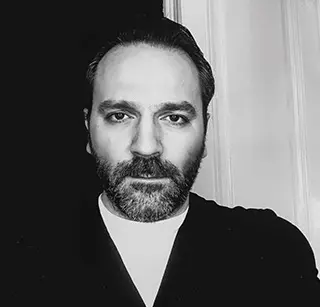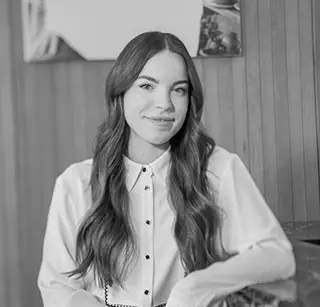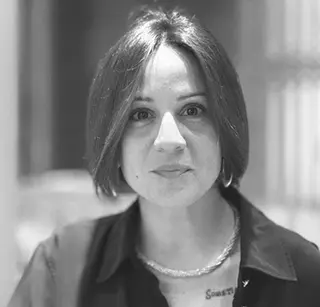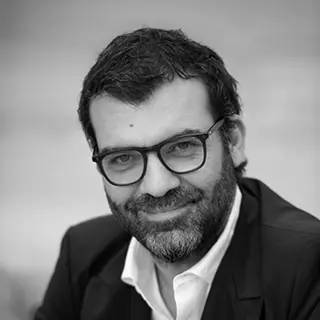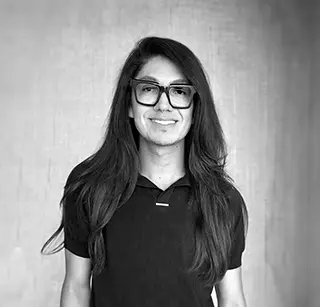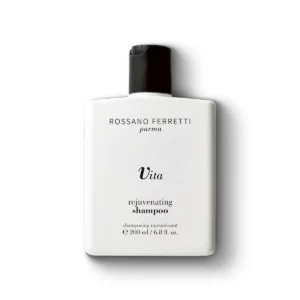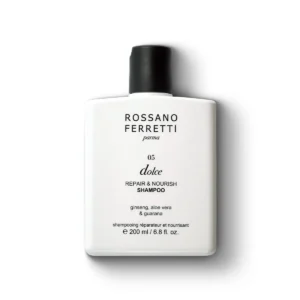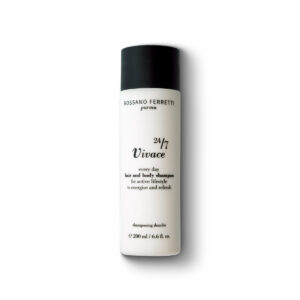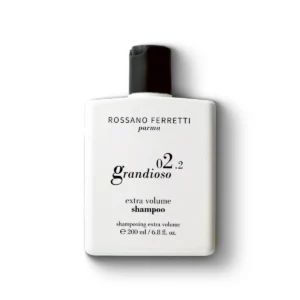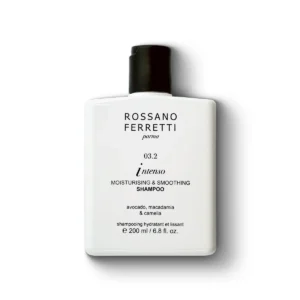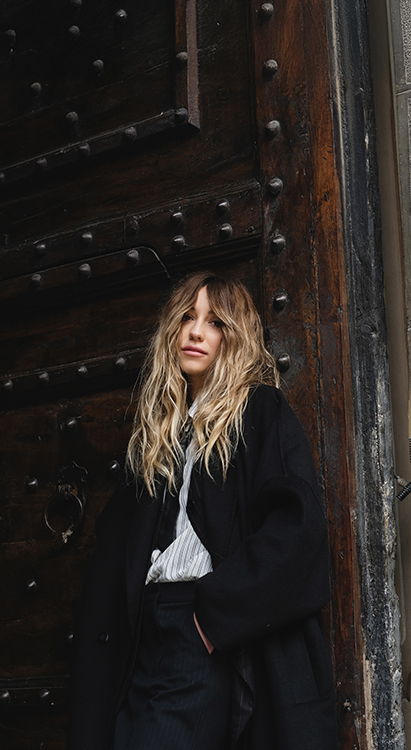How To Get Rid Of Greasy Hair: Professional Tips

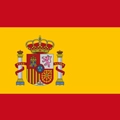


In this article:
What Causes Greasy Hair?
Why Does My Hair Get Greasy So Quickly?
How to Manage Greasy Hair Between Washes
What is the best shampoo for greasy hair?
Why is my hair still greasy after a wash?
Final Thoughts from Carlos
Greasy hair is something almost everyone struggles with at some point. As a Hair Artist at the Rossano Ferretti HairSpa in La Réserve Genève, I see clients from all over the world facing the same concern – oily roots that appear quickly and weigh the hair down. Whether it’s due to climate, hormones, styling habits, or product buildup, greasy hair is a common and often frustrating issue. I always tell my clients: before treating oily hair, you need to understand it.
What Causes Greasy Hair?
A certain amount of oil on the scalp is not only normal – it’s necessary. Your scalp produces sebum, a natural oil that helps moisturise the skin, protect the hair, and maintain the integrity of the scalp barrier. This natural lubrication supports softness, shine, and strength.
Problems arise, however, when the scalp begins to produce more oil than needed. This excess can weigh hair down, create buildup at the roots, and leave strands looking greasy or flat. Overproduction may be influenced by genetics, hormones, climate, or product use, and often reflects an imbalance in how the scalp is being cared for.
Why Does My Hair Get Greasy So Quickly?
While genetics can play a role, in my experience as a stylist, lifestyle and routine are often the main culprits behind greasy hair. The way you wash, condition, and style your hair can have a significant impact on how quickly oil accumulates.
One of the most common mistakes I see my clients do is over-washing. It might feel like the right thing to do – washing frequently to remove oil – but it often makes things worse. Shampooing too often strips the scalp of its natural oils, prompting it to work overtime to restore balance.
In the chair, I often hear clients say, “My hair looks greasy again by the evening,” even if they washed it that morning. When we review their routine, I usually find they’re using a strong shampoo every day, thinking it will ‘fix’ the oil. But that’s exactly what’s pushing the scalp into oil overproduction.


Another key factor is product build-up. Heavy conditioners, leave-ins, or styling sprays that aren’t rinsed out fully can coat the scalp and hair shaft, attracting more oil and dirt throughout the day.
Tip: If you often use leave-in products, try a once-weekly clarifying scrub or scalp massage with warm water before shampooing. This can help loosen buildup and prepare your scalp for a more effective cleanse – without over-cleansing it.
How to Manage Greasy Hair Between Washes
When dealing with oily roots, one of the most effective tools you can use is a professional-quality dry shampoo. In the salon, I always recommend dry shampoo as a go-to solution for refreshing the scalp and keeping hair looking and feeling clean between washes.
- Absorb excess oil at the scalp
- Add volume to flat, greasy roots
- Refresh hair without water or harsh cleansing
- Leave hair with a soft, clean texture rather than a powdery finish
For best results, choose a talc-free formula made with naturally derived ingredients, which help absorb oil gently without clogging the scalp or weighing the hair down. Many traditional aerosol dry shampoos can leave behind a grey or gritty residue, something I advise avoiding, especially for darker hair types or sensitive scalps.
Instead, look for lighter textures such as crème-based formulas that blend seamlessly into the hair. These newer alternatives provide a fresher finish and are far more scalp-friendly.
In my experience, the right dry shampoo isn’t just a temporary fix. It’s an essential part of a healthy scalp routine, especially in humid climates or for clients with naturally oily hair.
Tip: Apply dry shampoo before bed, not just in the morning. This gives it time to absorb oil overnight so you wake up with fresher hair.
What is the best shampoo for greasy hair?
When it comes to managing oily hair, selecting the right shampoo plays a critical role in restoring balance to the scalp. I always encourage clients to look beyond marketing and focus on formulation, especially when it comes to ingredient quality and scalp health.
One of the most important features to look for is a sulphate-free formula. Sulphates are harsh cleansing agents that strip away natural oils from the scalp. While they can create a satisfying lather, they often leave the scalp overly dry. In response, the sebaceous glands may begin to overproduce oil to compensate, creating a cycle of excessive oiliness. Sulphate-free shampoos, on the other hand, cleanse more gently, helping to maintain the scalp’s natural moisture barrier while still removing excess oil and buildup.
Why is my hair still greasy after a wash?
If you still have greasy hair after washing your locks, then it could be that you’re applying too much conditioner to your roots or that you are not rinsing the conditioner out thoroughly. As a rule of thumb, only apply conditioner to the lengths of your hair and avoid the roots completely. This will keep your scalp from getting greasy before it’s even had the chance to secrete its own oils.
Product build-up can also be a problem. Any product left behind on the scalp can leave a film that attracts dirt and oil more quickly. Take your time to rinse thoroughly, especially if you’re using masks, leave-ins, or heavier treatments.
Also, don’t overlook your hairbrush. Styling products like mousse, oils, or hairspray can build up on the bristles over time. When you brush through clean hair, that residue can transfer back to your roots, leaving strands looking greasy even after a fresh wash. Regularly cleaning your brush is a simple but important habit that can help prevent this cycle.
Final Thoughts from Carlos
Greasy hair isn’t just a cosmetic nuisance, it’s a sign your scalp is trying to communicate. The solution isn’t harsh treatments or over-cleansing. It’s a smarter, more intentional routine. With the right guidance, you can transform oily roots into balanced, beautiful hair. That’s what we work toward every day at the HairSpa in La Réserve Genève.






